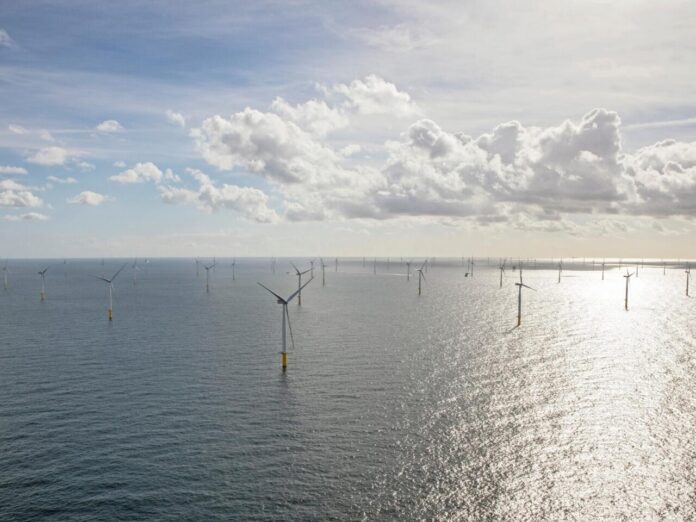Nine European countries are holding a summit Monday aimed at scaling up wind power generation in the North Sea, spurred by the fall-out of the Ukraine war and the push for renewables, according to France24.
Hosted by Belgium in the coastal town of Ostend, the meeting will gather the leaders of EU members France, Germany, Ireland, Denmark, the Netherlands and Luxembourg, with European Commission chief Ursula von der Leyen also attending.
Norway and Britain will participate, too, though French officials said the UK’s energy minister would lead the delegation and not Prime Minister Rishi Sunak who could not make it.
Belgian Prime Minister Alexander De Croo said ahead of the summit that the goal was for enough North Sea wind farms to be built to produce 130 gigawatts (GW) of electricity by the end of this decade.
That capacity should more than double, to nearly 300 GW, by 2050, he said. The North Sea summit is the second one to be held, after the four countries in the inaugural gathering last year – Belgium, Denmark, Germany and the Netherlands – decided it was necessary to broaden cooperation.
De Croo said developments over the past year, which saw European energy prices soar as the continent shunned Russian gas, meant energy was now, “more than ever, a geopolitical topic”.
The summit was focused on “speed of execution”, notably by standardizing the infrastructure needed so that North Sea wind farms could be built faster and cheaper, he said.
Dozens of bosses of energy and wind turbine companies are also participating in the summit, to suggest ways the governments can boost their countries’ North Sea energy production. Britain has the biggest fleet of offshore wind farms, 45 of them producing 14 GW, with plans to expand capacity to 50 GW by 2030.
Germany is next, with 30 wind farms producing 8 GW, followed by the Netherlands with 2.8 GW and Denmark and Belgium both with 2.3 GW. The other participating countries produce less than a gigawatt from their existing offshore wind farms but share ambitions to greatly increase energy from that source.
As the North Sea is relatively shallow, turbines can be installed fairly easily and in great number, the official noted, adding that France aimed to have 40 GW in offshore output by 2050.
The European Union has recently set out a goal to double the proportion of renewables in its energy mix, to 42.5%, notably by making it easier to get permits to install the infrastructure.
WindEurope, the federation representing Europe’s wind energy industry, believes the ambitions of the Ostend summit are doable, given the technological expertise and experience of companies in the sector. But “there is a lack of mobilisation of financing” to scale up supply chains, said Pierre Tardieu, WindEurope’s chief policy officer.
The organization says Europe needs to build the offshore infrastructure to add 20 GW in output per year, yet the sector currently has capacity for just 7 GW annually, with supply chain bottlenecks for cables, wind turbine housings and other parts.
Investment to get Europe where it wants to be is massive: the EU has calculated the cost of getting to 300 GW in offshore energy production by 2050 at 800 million euros.


